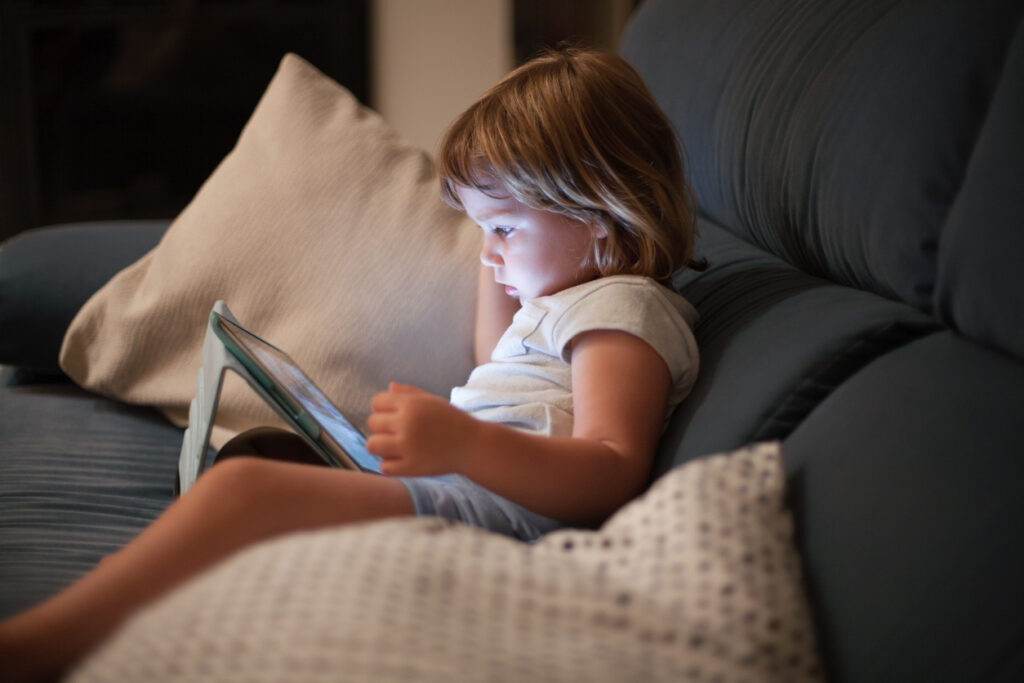
We’re wired to connect, literally. But in a world more connected than ever, physical touch is slipping through the cracks. This isn’t just about hugs or handshakes. It’s about a basic human need we didn’t realize we were losing until it started hurting us. What happens when skin hunger becomes the new normal? Let’s talk about the quiet crisis touching none of us and all of us.
The Touch-Starved Society We Didn’t See Coming

In the hustle of digital life, physical touch has quietly vanished from our daily routines. From fewer hugs to the decline in in-person socializing, more people are going days or even weeks without meaningful contact. Touch deprivation, once overlooked, is now a rising wellness concern in America. It’s not just lonely people feeling it, it’s families, couples, coworkers. Experts have linked the absence of regular touch to increased anxiety, depression, and even weakened immune systems. We crave connection, but screens can’t replace skin. The irony? We’re surrounded by people yet feel completely untouched.
Oxytocin: The “Cuddle Hormone” We’re Missing

When you experience physical affection, a hug, a gentle hand on your back, a shared laugh that ends in a high five, your brain releases oxytocin. This hormone isn’t just about feeling good. It reduces stress, lowers blood pressure, and builds emotional resilience. Without it, our bodies respond with tension, irritability, and emotional fatigue. Researchers point out that Americans are experiencing a chronic shortage of oxytocin, not because it’s unavailable, but because we’re no longer creating the moments that trigger it. Our bodies are begging for closeness, but our culture is running cold.
The Pandemic Didn’t Start It But It Made It Worse

Touch deprivation didn’t begin with COVID-19, but the pandemic magnified it like never before. Social distancing, isolation, and fear of physical contact changed how we engage with others. Many never fully returned to their pre-pandemic touch habits. Elders in nursing homes, singles living alone, and even children saw a sudden drop in affectionate touch and the emotional consequences lingered. Health professionals noticed a spike in symptoms tied to this sudden loss of physical contact. While restrictions have eased, the emotional distance often remains. For many, hugs still feel risky and that’s a deep problem.
Loneliness Isn’t Just in Your Head, It’s in Your Skin

We often talk about loneliness as a state of mind, but experts now understand it’s also physiological. The skin has thousands of nerve endings designed for touch, and when they’re ignored, your body feels it. Chronic loneliness tied to lack of physical affection has been associated with increased levels of cortisol, the stress hormone. This doesn’t just hurt mental health, it affects heart health, sleep, and overall immune function. It’s why a simple pat on the back or a warm hug isn’t just kind, it’s healing. Our skin remembers what our minds try to forget.
We’re More Isolated Than We Admit

It’s easy to believe we’re connected because of texts, DMs, and Zoom calls, but emotional connection requires more than just words. Real connection often happens in silence, a shared glance, a hand held, a shoulder leaned on. With our fast-paced, individualistic culture, many adults, especially those in midlife, are quietly missing physical closeness. Experts suggest that modern life’s structure simply leaves no room for intentional touch unless it’s romantic or parental. But what about friendly touch? Communal touch? Somewhere along the way, we made affection awkward and isolation acceptable.
The Children Growing Up Without Hugs

This new generation is growing up with more screen time and fewer cuddles. Studies show that children who don’t receive enough physical affection early on are at higher risk of emotional and behavioral issues. Touch supports brain development, attachment, and emotional regulation. Yet with busy schedules and rising parental stress, many kids are being comforted by devices instead of arms. Experts are urging caregivers to return to the basics: hold their hands, sit close, cuddle often. For a child, love is most clearly felt through touch and the effects can last a lifetime.
Healing Starts With Simple Gestures

Combating touch deprivation doesn’t always require deep therapy or grand romantic gestures. It begins with awareness and small acts: a hug that lingers a few seconds longer, holding hands, a hand on someone’s shoulder when they need it most. It’s about making physical connection normal again, in safe, respectful ways. Experts encourage families to bring back rituals of connection, friends to offer platonic affection, and communities to foster warmth. If touch deprivation is a silent epidemic, the cure might be as simple as reaching out. Literally.
This story, The Silent Epidemic of Touch Deprivation was first published on DailyFetch.


